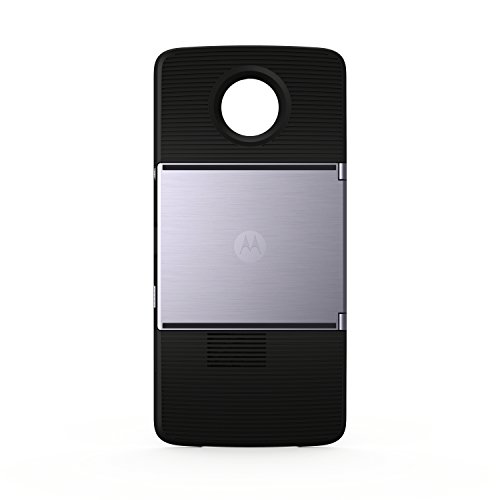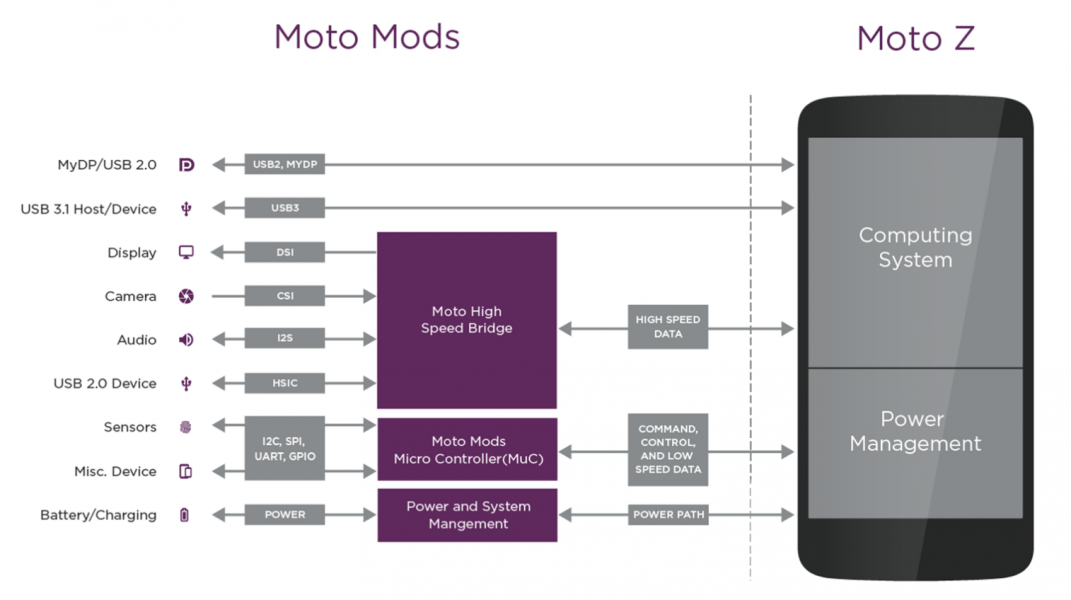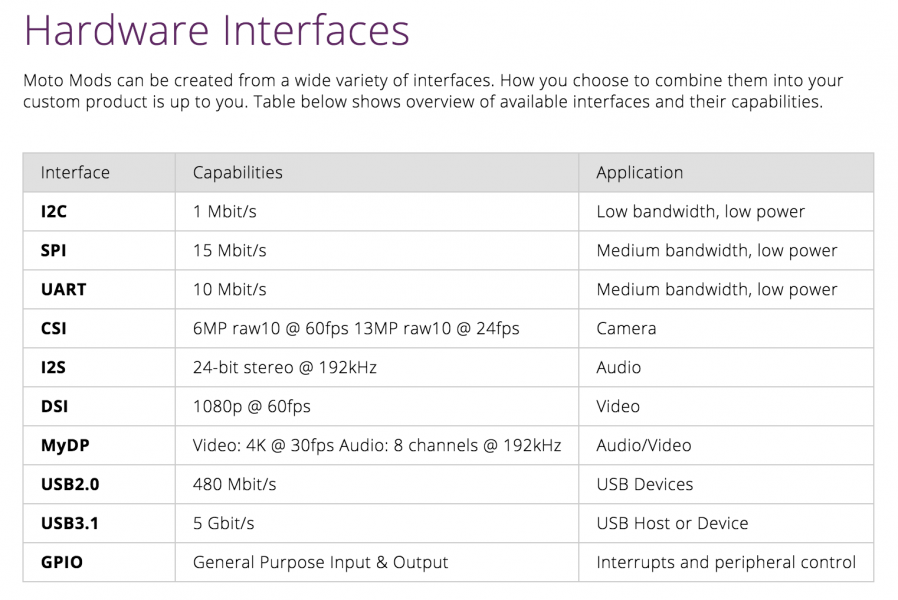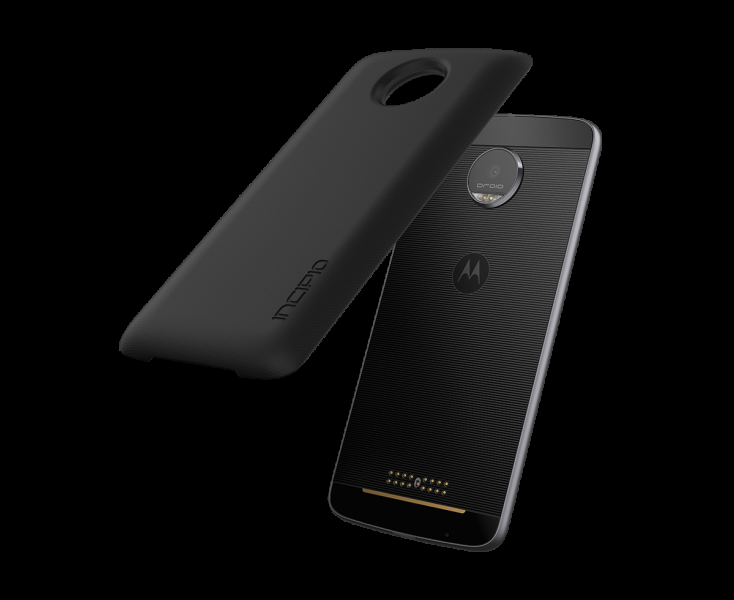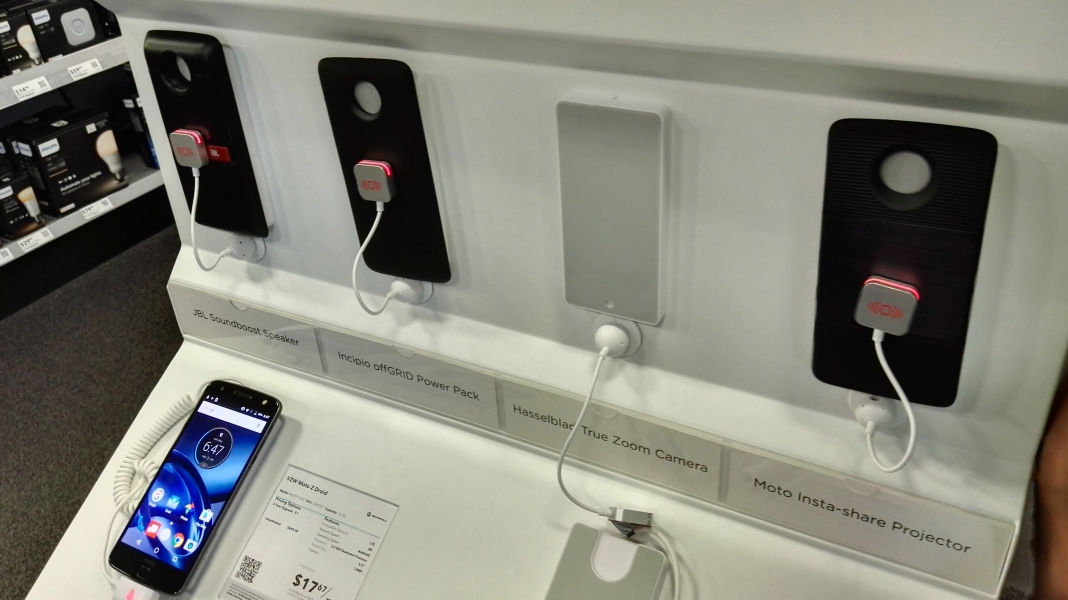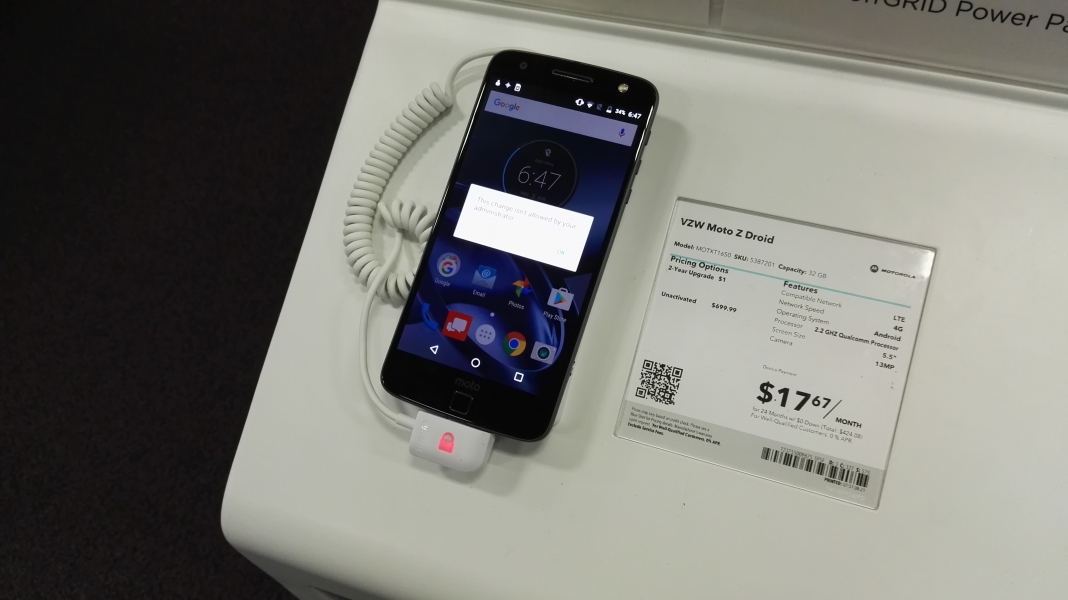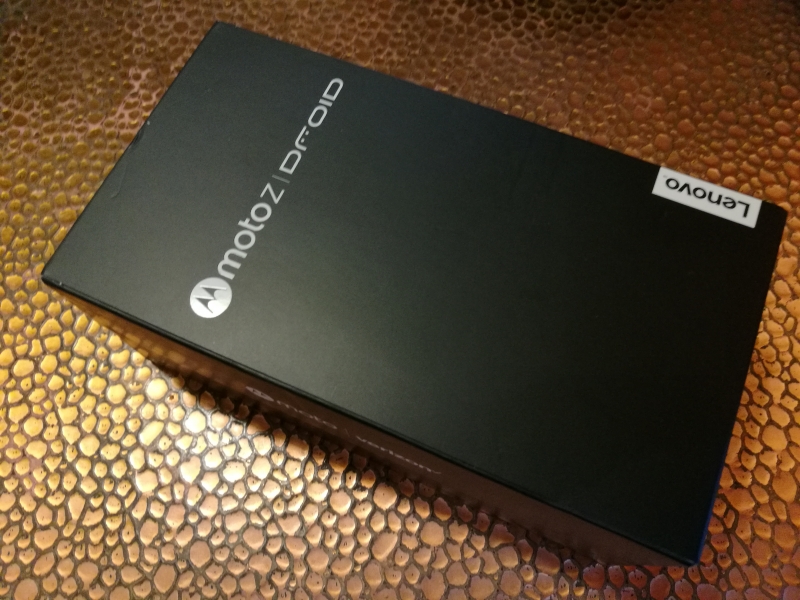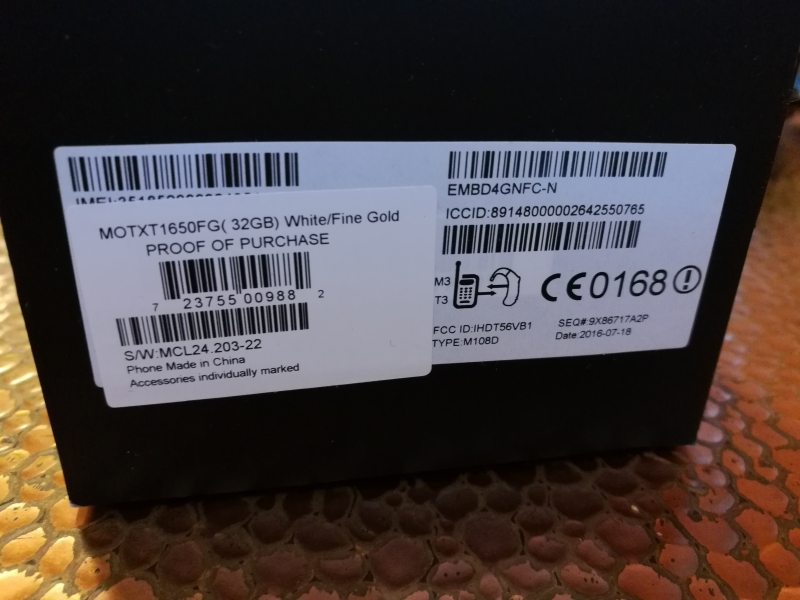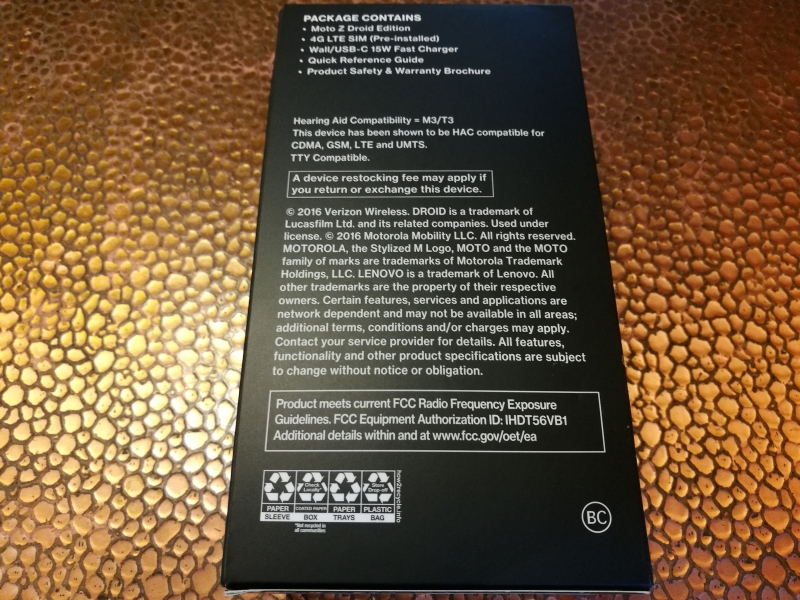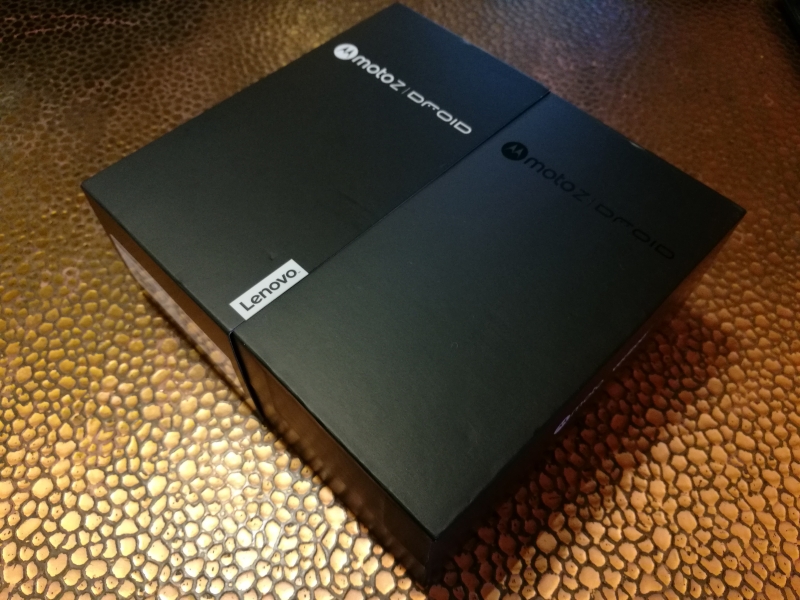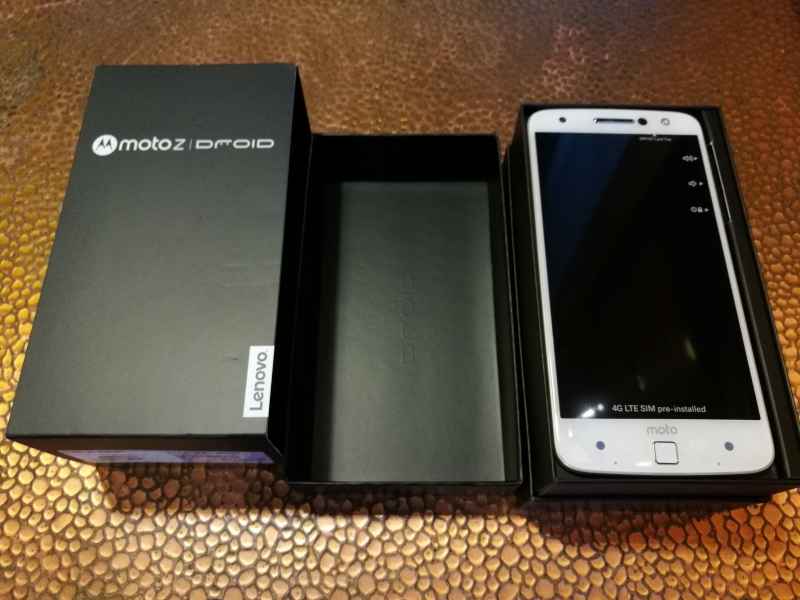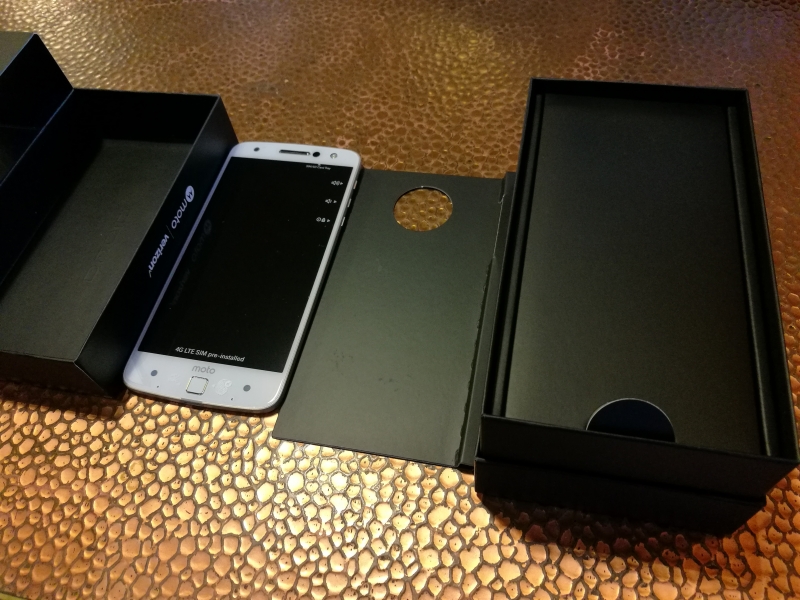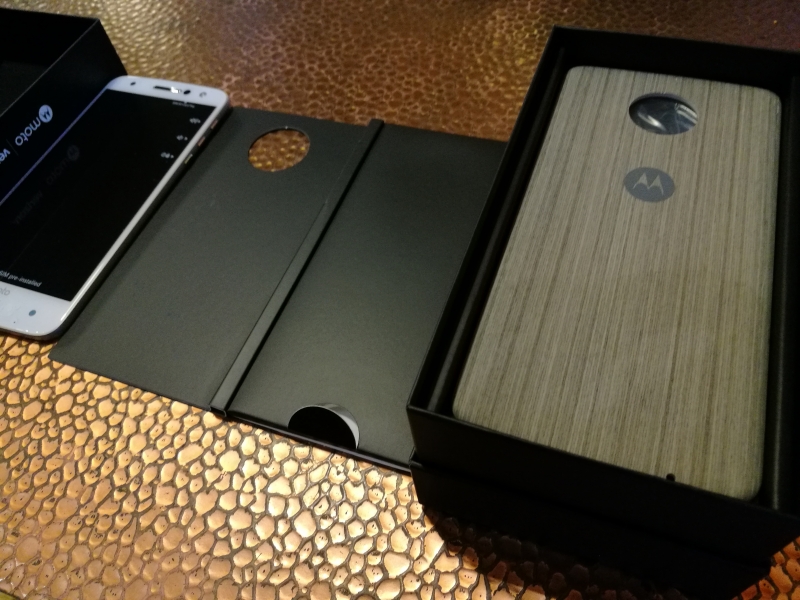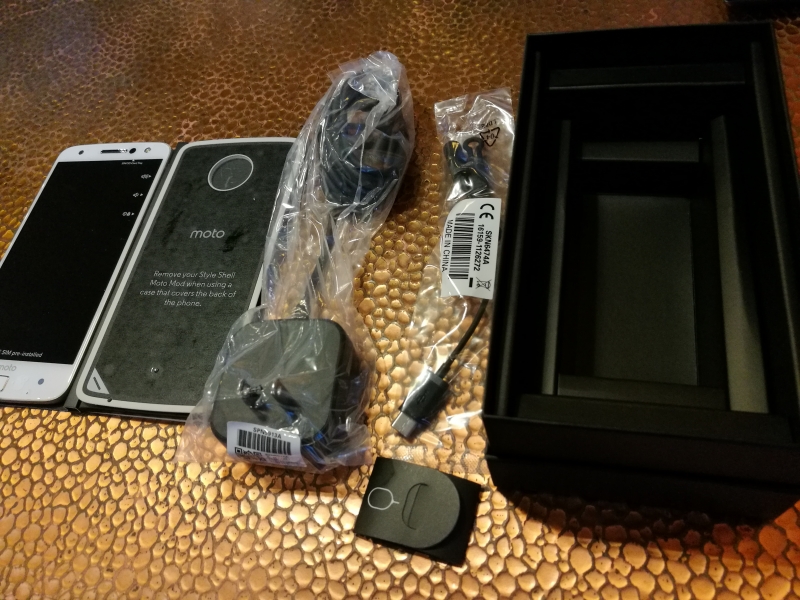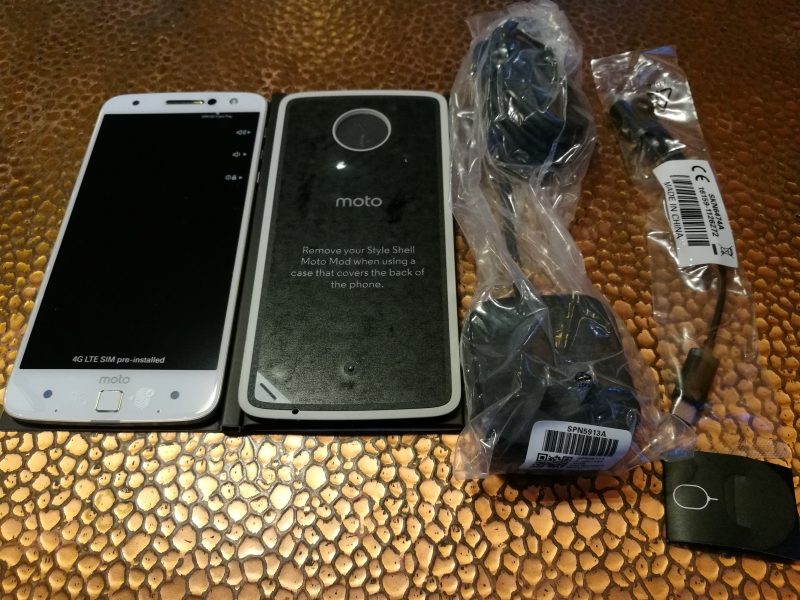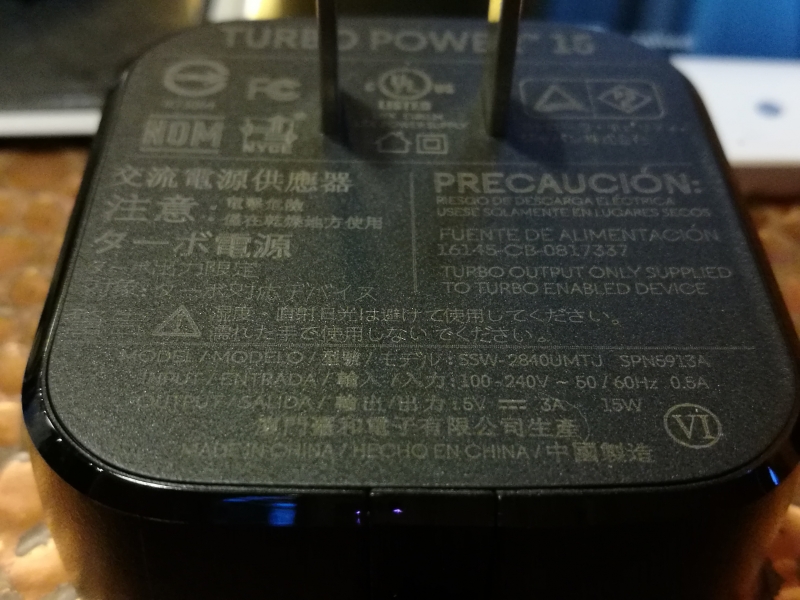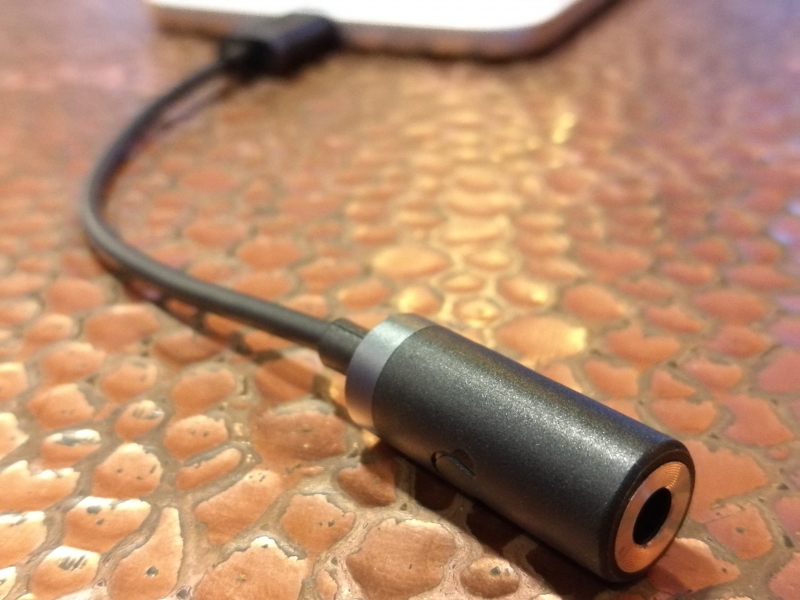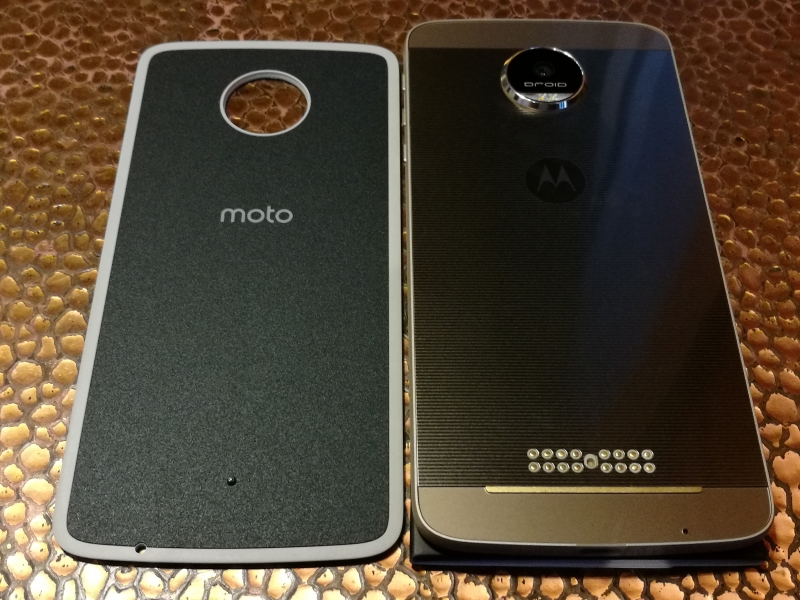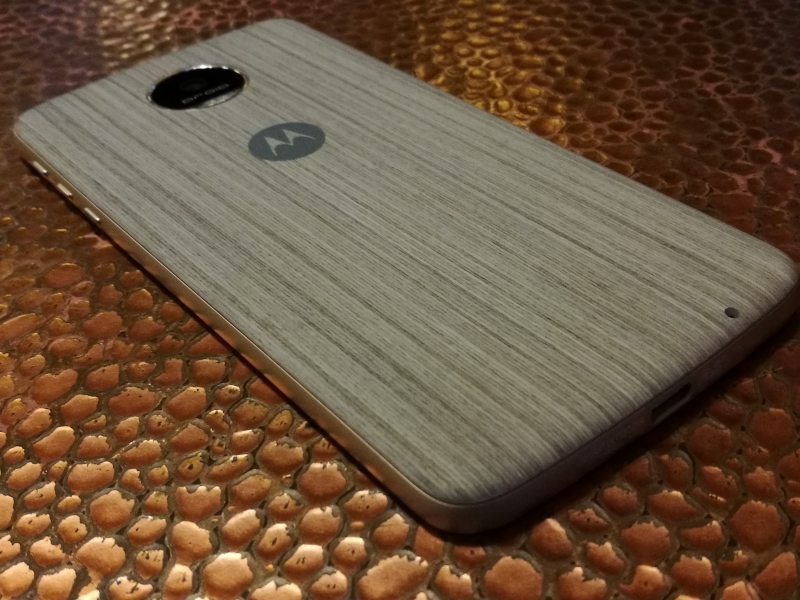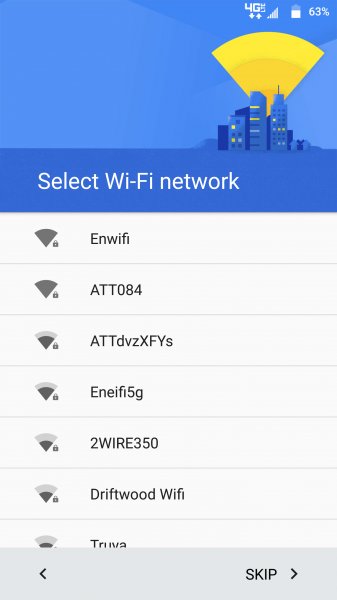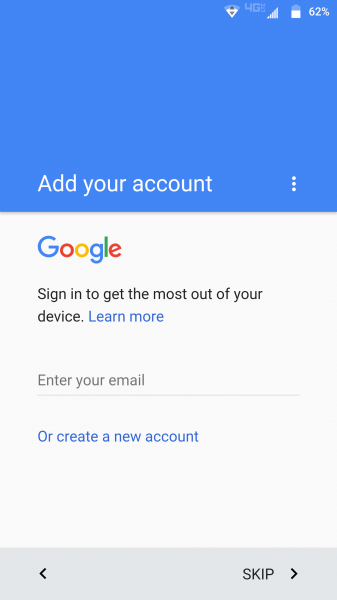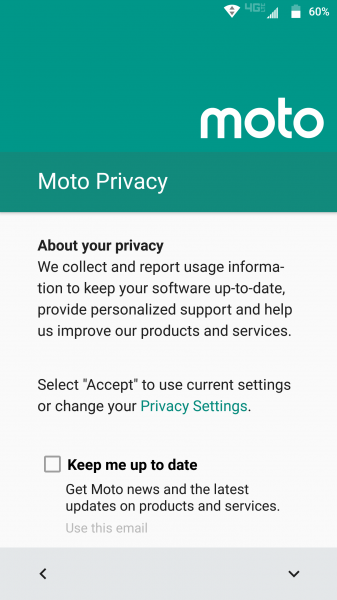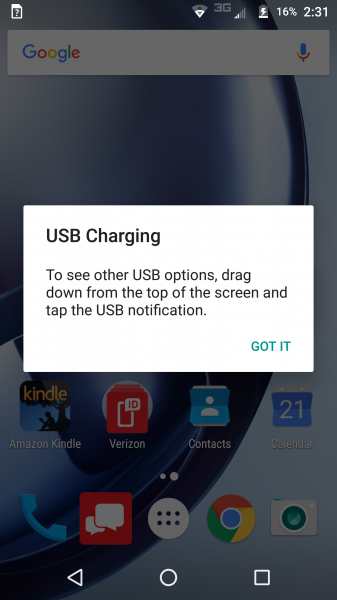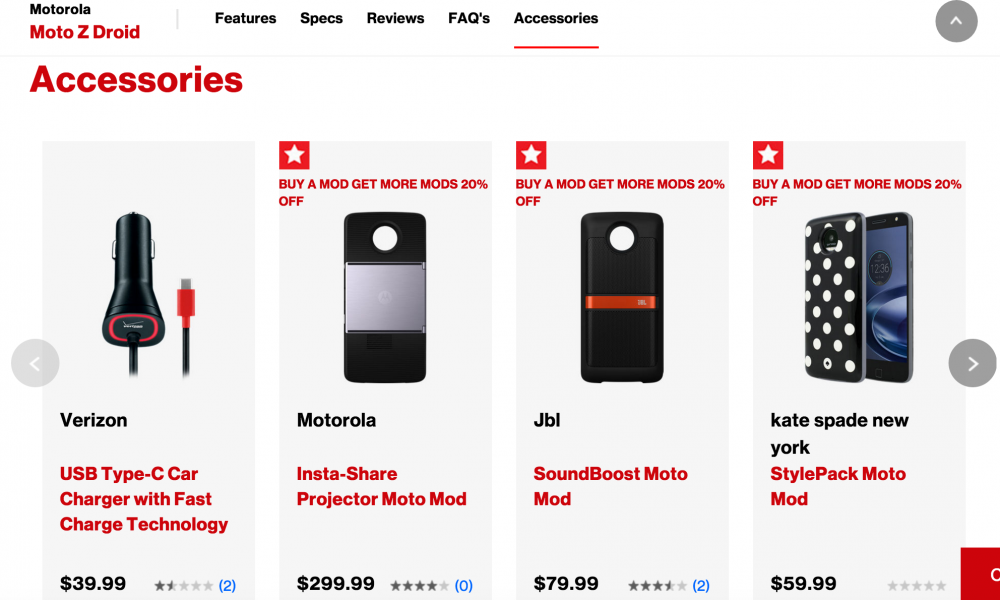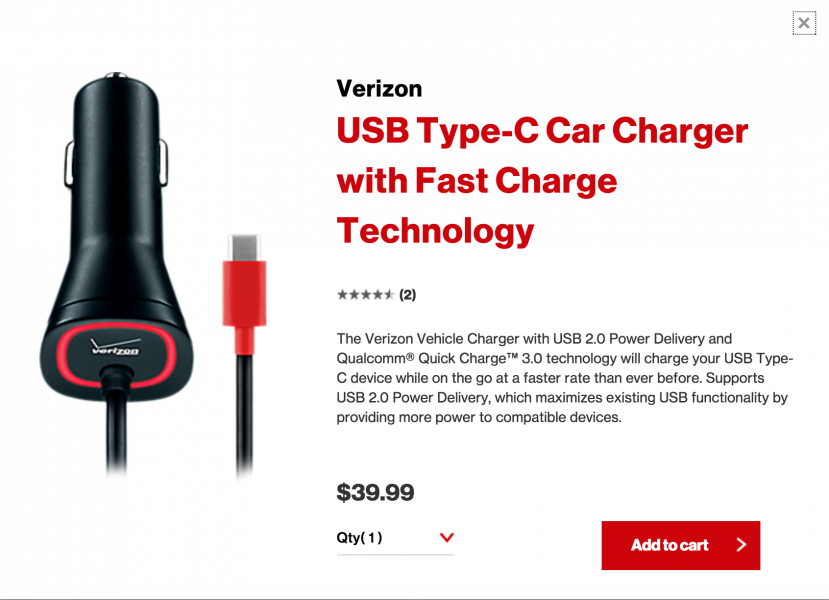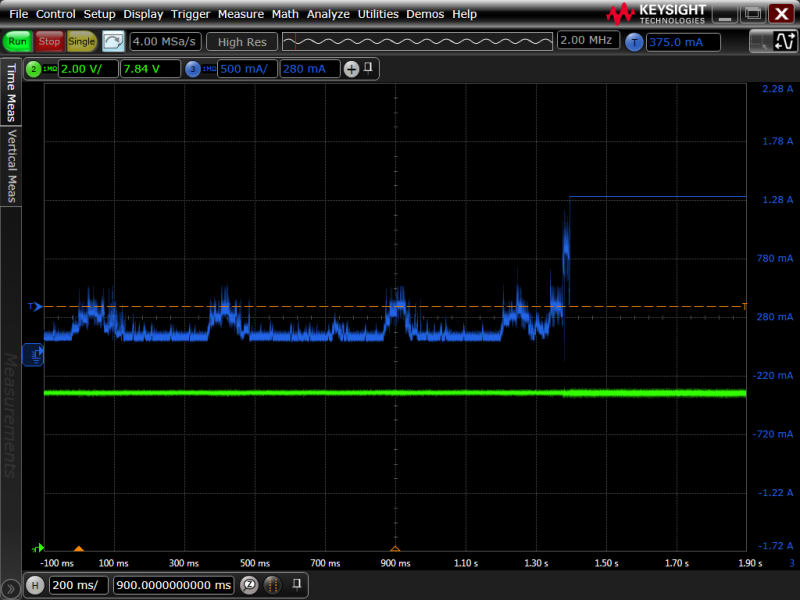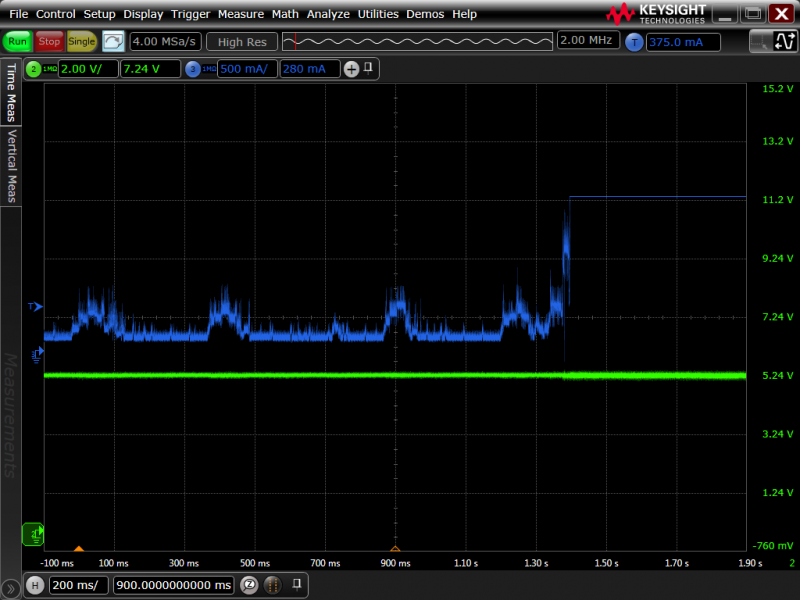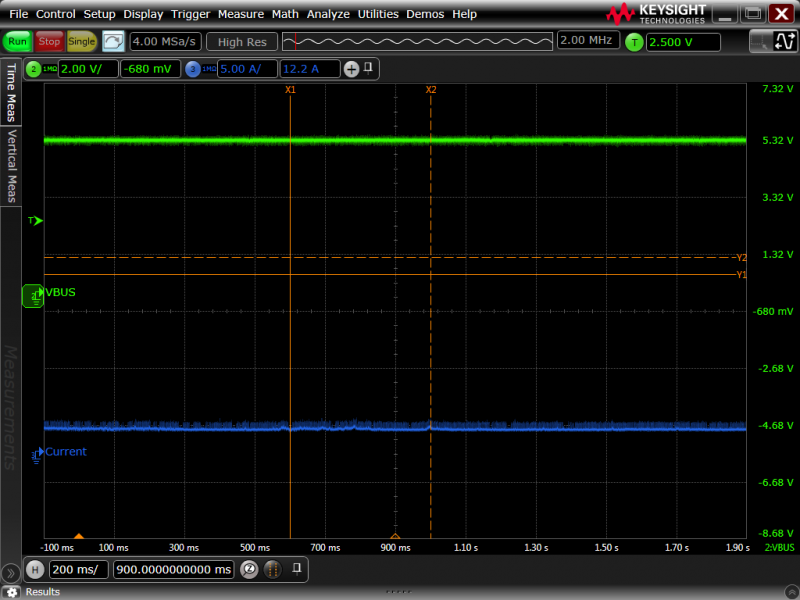Lenovo's had already released some USB Type-C phones under its ZUK subsidiary with the ZUK Z1 and Zuk Z2 Pro addressing Chinese upstarts like Xiaomi. Now in the US with its Motorola Mobility subsidiary, Lenovo is going after Samsung with its Moto Z Droid. Like the ZUK models, the Moto Z Droid has USB Type-C and supports USB 3.1.
Lenovo also has taken the strategy with the ZUK brands to remove the 3.5 mm audio jack and rely on USB Type-C to connect your headphones. LeEco (formerly LeTV), another major Chinese brand, was the first to remove the 3.5 mm audio jack and replace it with USB Type-C, and it looks like other Chinese makers like Lenovo are continuing this trend.
Unlike the ZUK brands, Lenovo has introduced the concept of modular add-ons with the Moto Z Droid called Moto Mods. The LG G5 also also shown off this concept with its Friends modular add-ons but Lenovo has taken a more aggressive in supporting a broader range of Moto Mods like the JBL SoundBoost Speaker, Moto Insta-Share Projector, Incipio offGRID Power Pack, and Hasselblad True Zoom Camera. This is achieved through Lenovo's Moto Mods developer environment and tool kits which allows third party companies to develop Moto Mods accessories for Motorola phones.
These Moto Mods can leverage a variety of interfaces to connect to the Motorola phone like USB, MIPI, DisplayPort, and several serial communication technologies.
These interfaces are communicated through magnetic connector technology that previously was found mainly on tablets and notebooks to connect to docking stations and chargers. These magnetic connectors are found on the back of the Moto Z Droid near the bottom.
It will be interesting to see if Lenovo will be successful in building up a rich ecosystem of accessories similar to what Apple has done with MFi.
Lenovo has partnered with Verizon as its main US based carrier to sell the Moto Z Droid. Motorola Mobility's close partnership with Verizon is evident at the bottom of their Chicago headquarters where this Verizon store is "All In" promoting Motorola branded phones.
Lenovo has also worked with Best Buy to promote the Moto Z Droid where you can see the phone and the Moto Mods prominently shown at the end of the aisle, near the cash registers
After purchasing the Moto Z Droid, the black box it came in did not hide the fact that Motorola Mobility and the Moto brand was now part of Lenovo. The packaging had more of a premium feel compared to Lenovo's ZUK Z1 and the box contains a lot more accessories as well.
Opening up the Moto Z Droid's box, we can find a USB Type-C to 3.5mm audio adapter, USB Type-C power charger, back cover, SIM removal pin, and quick guide.
The Moto Z Droid's USB Type-C charger is similar to the chargers from the LG Google Nexus 5X and Huawei Google Nexus 6P where they don't support USB Power Delivery or Qualcomm Quick Charge, but they do support 15 watts (5 volts @ 3 amps) of rapid charging that is supported with the USB Type-C connector.
Lenovo's Moto Z Droid's is also similar to its ZUK Z1 in that the 3.5 mm audio jack is removed. If you still want to use 3.5 mm audio headphone, you will need the USB Type-C to 3.5mm audio adapter accessory.
The Moto Z Droid also comes with a back cover to help protect the magnetic interfaces used to connect the Moto Mods accessories.
The back cover also snaps on magnetically and provides a comfortable to hold, wood backing for the Moto Z Droid.
Note unlike some of the newer Android phones out there, the Moto Z Droid has kept the fingerprint sensor on the front of the phone, close to the bottom.
The following are the Moto Z Droid startup screens which are very standard Android except with some minor Moto and Verizon customizations, making setup relatively quick.
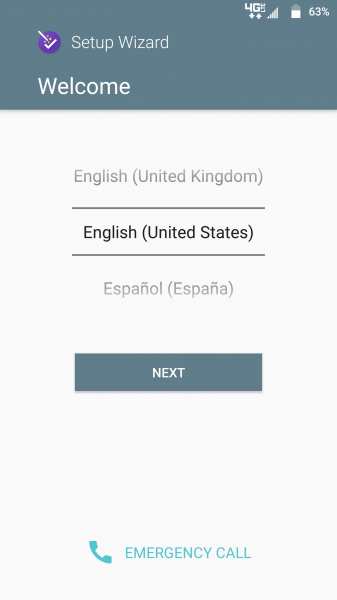
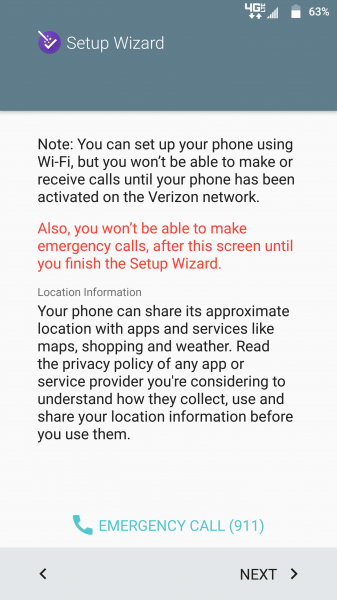
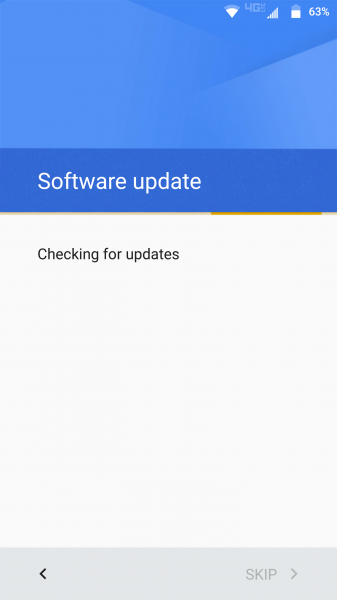
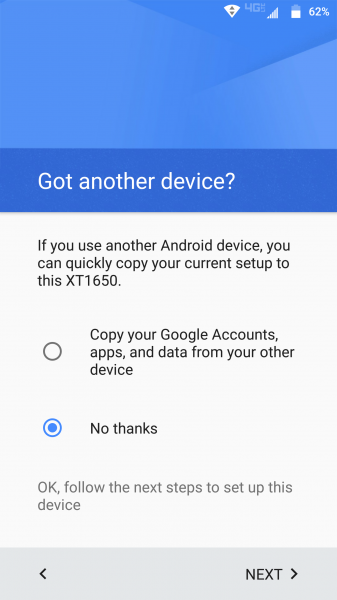

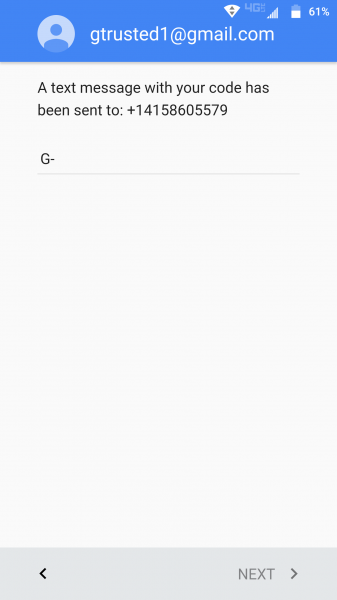
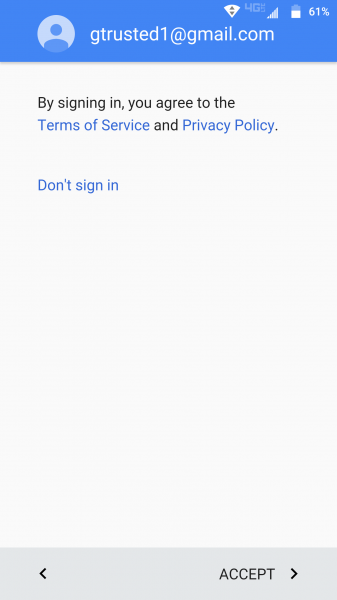
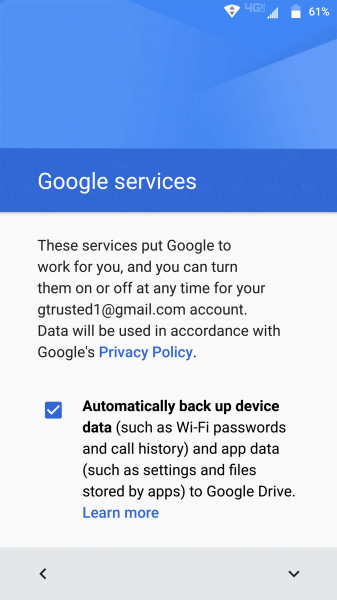
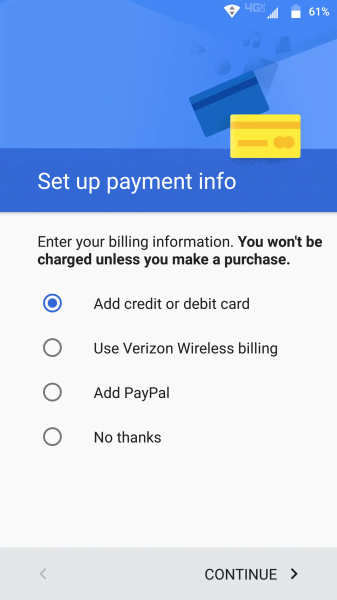
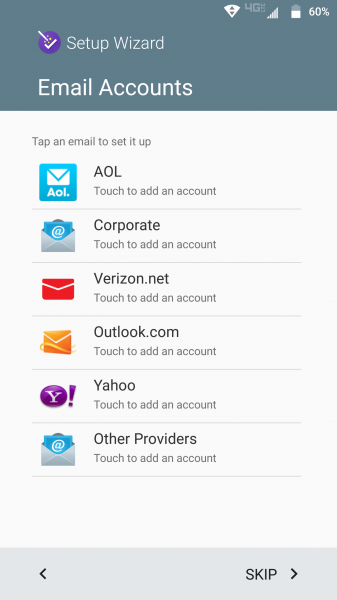
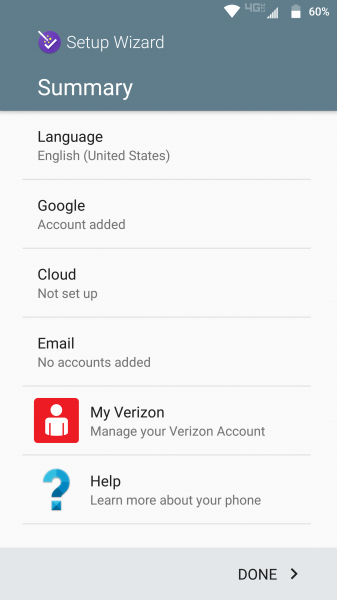
After completing the startup screens, the main page is very close to stock Android but is filled with more pre-installed Verizon and third party Apps.
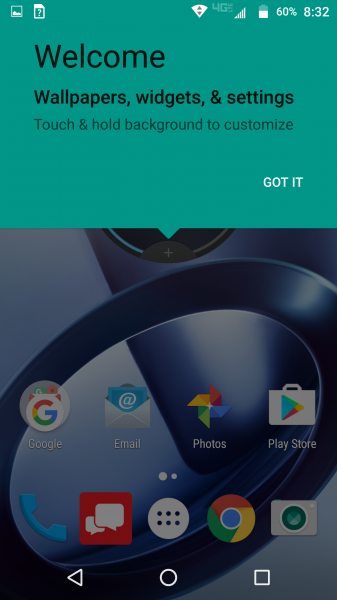
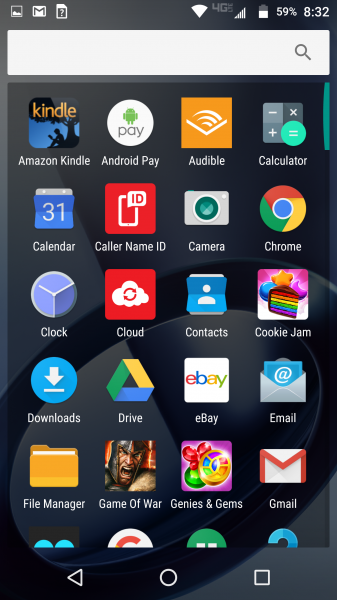
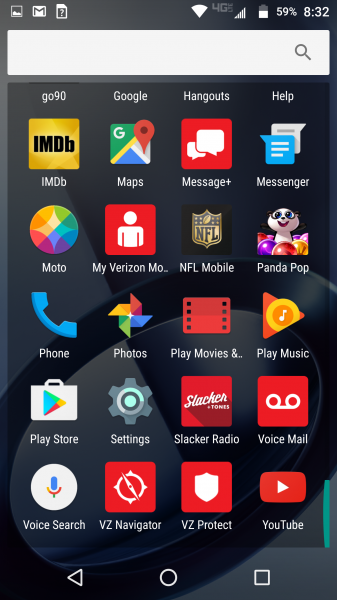
When plugging in a device into the Moto Z Droid's USB Type-C port, the 'Use USB for' options are similar to what you see on the Nexus phones.


In addition to USB 3.1, the Moto Z Droid supports USB Power Delivery although Lenovo is very opaque about this information on their website.
Lenovo confusingly uses the TurboPower brand to cover a range of technologies- for example, previous Moto phones that supported Qualcomm Quick Charge 2.0 were labeled as TurboPower and listed on Qualcomm's Quick Charge compatibility list. However, the Motorola website states that Qualcomm Quick Charge is not supported for the Moto Z Droid. Instead, using Granite River Labs USB Type-C Test Controller and software, we could confirm that for the Moto Z Droid, TurboPower refers to USB Power Delivery to support fast charging.
Note despite supporting USB Power Delivery, the Moto Z Droid doesn't support DisplayPort over USB Type-C.
Verizon sells the Verizon Vehicle Charger with Fast Charge Technology that supports Qualcomm Quick Charge and USB Power Delivery. When connecting the Verizon Vehicle Charger with Fast Charge Technology to the Moto Z Droid, we can confirm that USB Power Delivery is used instead of Qualcomm Quick Charge (click here to see review).
Verizon also sells the Motorola TurboPower 30 USB Type-C Wall Charger for Moto Z Droid (it would have been nice to have included this as the default accessory that came with the phone) and states Power Delivery is supported on the charger's website.
When connecting the Moto Z Droid charger accessory with the phone (with battery being fully depleted), we can see from an oscilloscope that there is still some sort of negotiation going on between the charger and the phone since the current levels adjust until it reaches 1.28 amps while the voltage stays at 5.24 volts.
When the battery is closer to 70% full, we see that the about 5.3 volts @ 2.1 amps is delivered.
Overall, we see that the Moto Z Droid fully charges in less than 1.5 hours with its own charger.
Unlike the LG G5, LeEco Le Max 2, and HTC 10 which support both USB Power Delivery and Qualcomm Quick Charge, the Moto Z Droid is unique in its reliance on USB Power Delivery rather than Qualcomm Quick Charge to support rapid charging.
We can see more of the Moto Z Droid's support of power by using the USB Power Test App from Granite River Labs with the Granite River Labs USB Power Delivery Compliance C2 Tester to produce the following test results.
The USB Power Test App first negotiates a power contract emulating the Source to determine the Power Delivery Sink capabilities of the Moto Z Droid. The USB Power Test App then reports out the voltage and current supported by the phone for each of the Source PDO's advertised to the phone.
| Sink Cap. | Voltage (V) | Current (A) |
|---|---|---|
| 5V | 5.09 | 2.96 |
| 6V | 6.13 | 2.94 |
| 7V | 7.12 | 2.22 |
| 8V | 8.1 | 2.13 |
| 9V | 9.08 | 1.88 |
| 10V | 5.12 | 2.95 |
| 11V | 5.11 | 2.94 |
| 12V | 5.11 | 2.9 |
| 13V | 5.09 | 2.96 |
| 14V | 5.09 | 2.95 |
| 15V | 5.09 | 2.75 |
| 16V | 5.09 | 2.74 |
| 17V | 5.09 | 2.75 |
| 18V | 5.09 | 2.69 |
| 19V | 5.11 | 2.72 |
| 20V | 5.09 | 2.77 |
The USB Power Test App from Granite River Labs also produces a voltage, current trace plot which graphically shows the voltage and current requested by the Moto Z Droid for each advertised Source PDO throughout the power negotiation.
View Recommended Products for Motorola Moto Z Droid
 GTrusted
GTrusted









